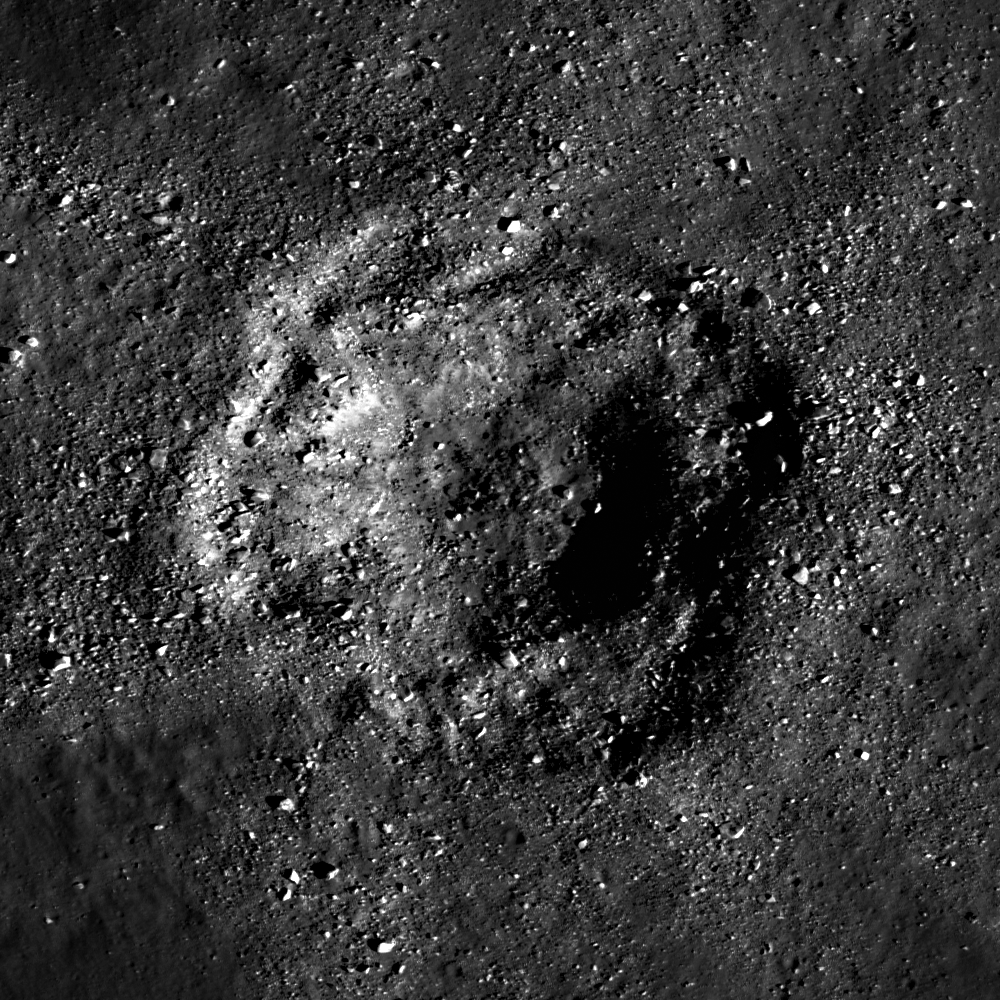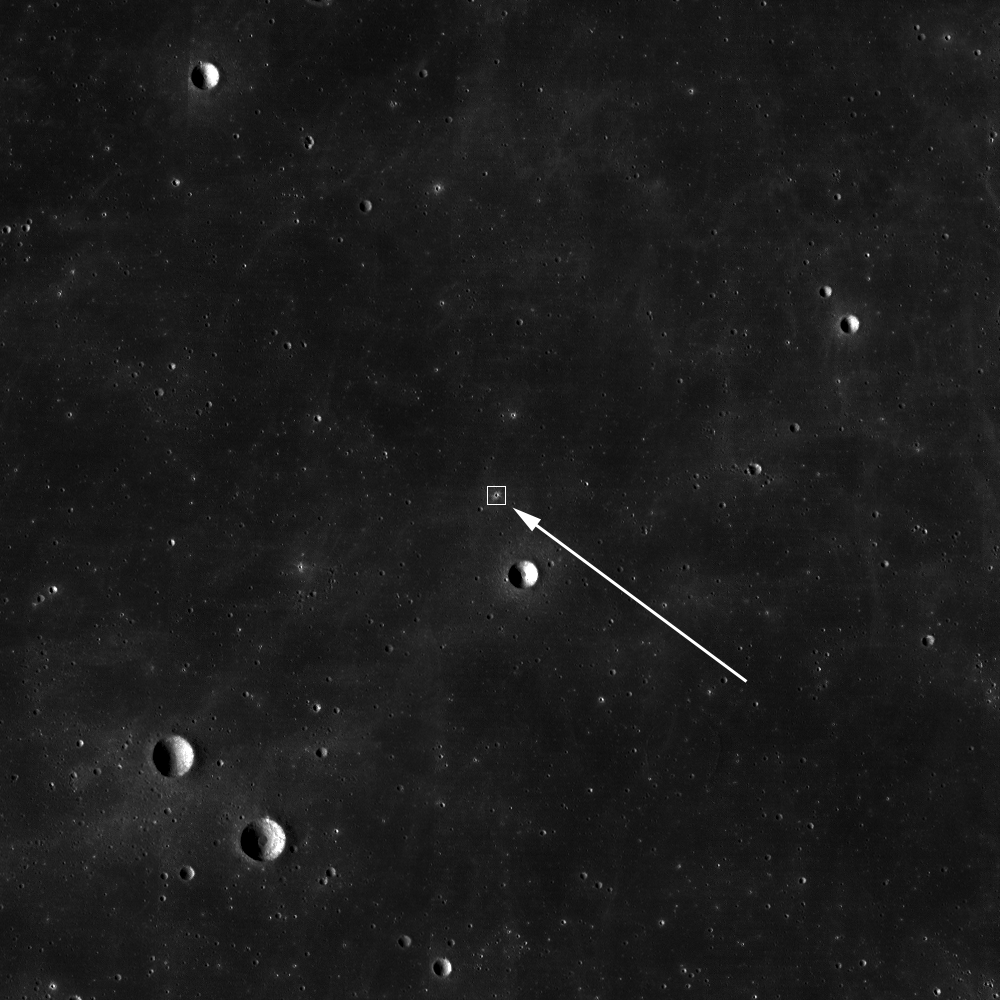
Bench craters form in terrains where two layers exist with substantially different strengths. On the Moon this is normally interpreted as a loose regolith covering a more cohesive bedrock. Because less energy is needed to penetrate the regolith than the bedrock, the crater develops a bench at the boundary between regolith and bedrock. Using this interpretation, we can estimate the depth of regolith. In the case of today's Featured Image we can interpret that a thin layer of regolith is covering the layered mare deposits within Oceanus Procellarum.
But how meaningful is a regolith thickness estimate from one crater? Regolith is created as small impacts churn up the top layer of a surface. As more and larger impacts occur, the regolith grows in thickness. However, impact events are not evenly distributed, and regolith thicknesses can vary in a small area. One way to more accurately determine the regolith thickness is to then document all the bench craters in a given area. From this data an isopach map can be made, showing the thickness of the regolith for that area!
What other types of simple craters can you find in the full NAC frame?
Related Posts: Bench Crater in Plato
Bouldery crater near Mare Australe
Published by Drew Enns on 22 December 2011
